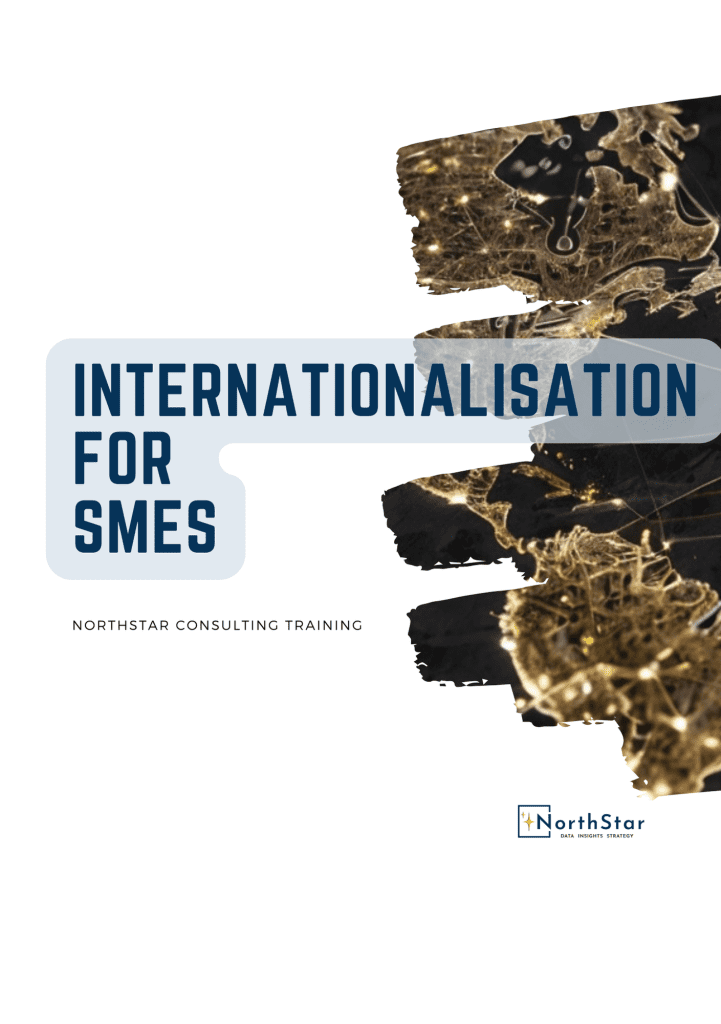Expanding your small business into international markets can be both exciting and challenging.
For SMEs, microbusinesses, and innovation-driven companies, success overseas depends on two key factors: market fit and culture fit.
Market fit ensures your product or service meets the needs of a new market, while culture fit determines how well your business aligns with local customs, values, and expectations.
Getting both right can unlock sustainable growth and international opportunities.
Here’s a practical guide for small businesses looking to grow globally.
Understanding Market Fit for Small Businesses
Market fit means your product or service matches the demands of your target market. For SMEs, this requires understanding local consumer behaviour, competition, and economic conditions.
Recent research shows that tailoring your product or service to local markets improves customer loyalty and market penetration.
This can include:
- Adjusting product features or pricing for local demand.
- Adapting marketing campaigns to resonate with local preferences.
- Leveraging government trade agreements or support for smoother market entry.
Digital technology is also transforming international expansion.
Many small digital firms now scale across borders using online platforms, offering standardised products at competitive prices. However, ignoring local market nuances can limit long-term success. A balanced approach ensures both growth and local relevance.
Ideal Step to assess Market Fit? Start with small, test markets online to gauge demand before making bigger investments.

What is Culture Fit and why does it matter?
Culture fit is about aligning your business with a new market’s social norms, values, and expectations.
Cultural missteps can hurt your brand reputation, even if your product fits the market. And when they happen, good luck setting up a quick crisis management plan—or just get ready to become a meme. Hey. At least you’ll be memorable!
I will let you read about funky cultural blunders in this amusing article from some time ago, or watch D&G lose a portion of their following in Asia with this video ad.
For SMEs and microbusinesses, even small steps like translating your website correctly, respecting local holidays, or hiring local experts can make a big difference. Especially when budgets are low.
What to do? Invest in cultural training or hire local advisors to guide your expansion strategy.
We have a whole list of things to do and how to do them right in our course so take a look!
Balancing Market Fit and Culture Fit
Successful international expansion combines market fit and culture fit.
Neglecting either can lead to costly mistakes.
Marketing aside, digital businesses face unique challenges. While online platforms allow rapid growth, they still need to comply with local regulations and adapt their products, pricing and even the whole list of Ps and Cs of marketing and business strategy to local cultures.
Think of market fit as “what your customer wants” and culture fit as “how your customer feels about your business.” Both are equally important.
Strategies for SME Internationalisation
Small businesses can use these practical strategies to succeed globally:
- Conduct Market Research: Use surveys, online analytics, and local insights to understand customer behaviour and market conditions.
- Leverage Local Partnerships: Collaborate with local distributors, suppliers, or cultural advisors to gain credibility and navigate regulations.
- Adapt Branding and Marketing: Tailor campaigns to local languages, values, and customs to foster trust and loyalty.
- Use Digital Platforms Strategically: Sell online to test markets quickly, but adjust content and offerings for local preferences.
- Invest in Cultural Training: Equip your team with knowledge of local customs to prevent misunderstandings and improve customer experience.
What’s to learn?
For SMEs, microbusinesses, and innovation-driven companies, internationalisation is achievable when market fit and culture fit are balanced.
Market fit ensures your product meets local demand, while culture fit earns acceptance and loyalty.
Get in touch if you would like to know more about thorough research, local partnerships, and being culturally aware! Small businesses can confidently expand into international markets and unlock new growth opportunities as long as they know how to best “fit” in the markets they have chosen to expand into!




